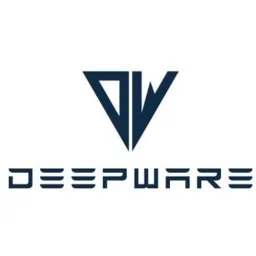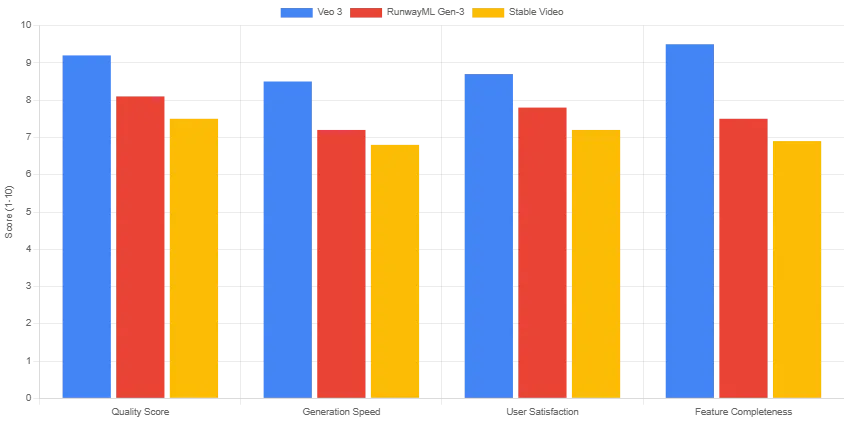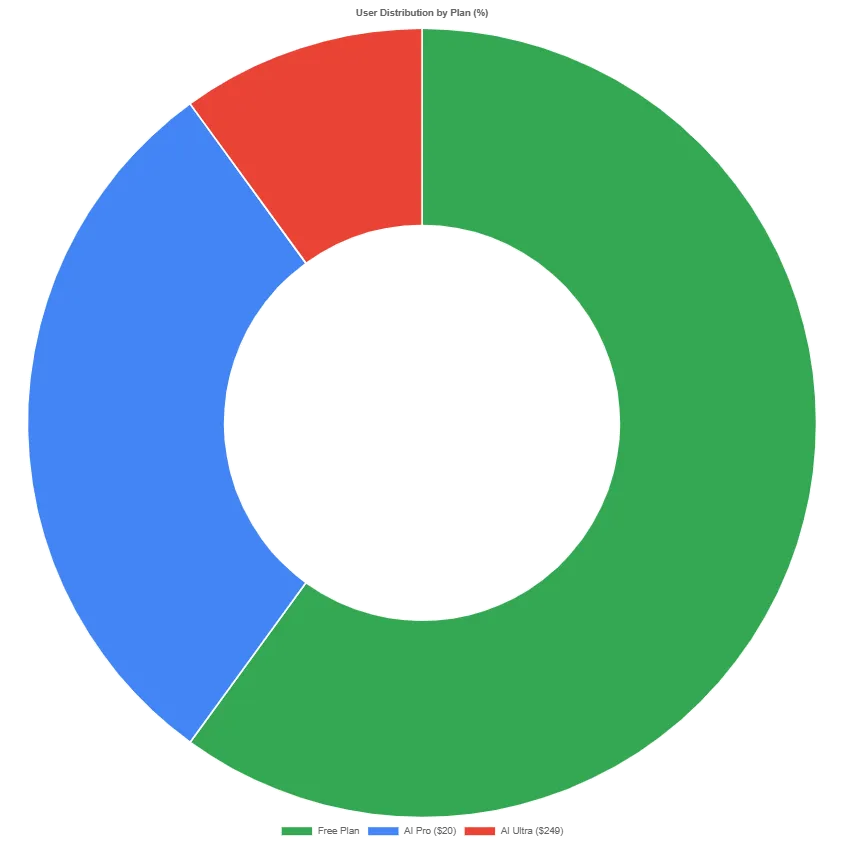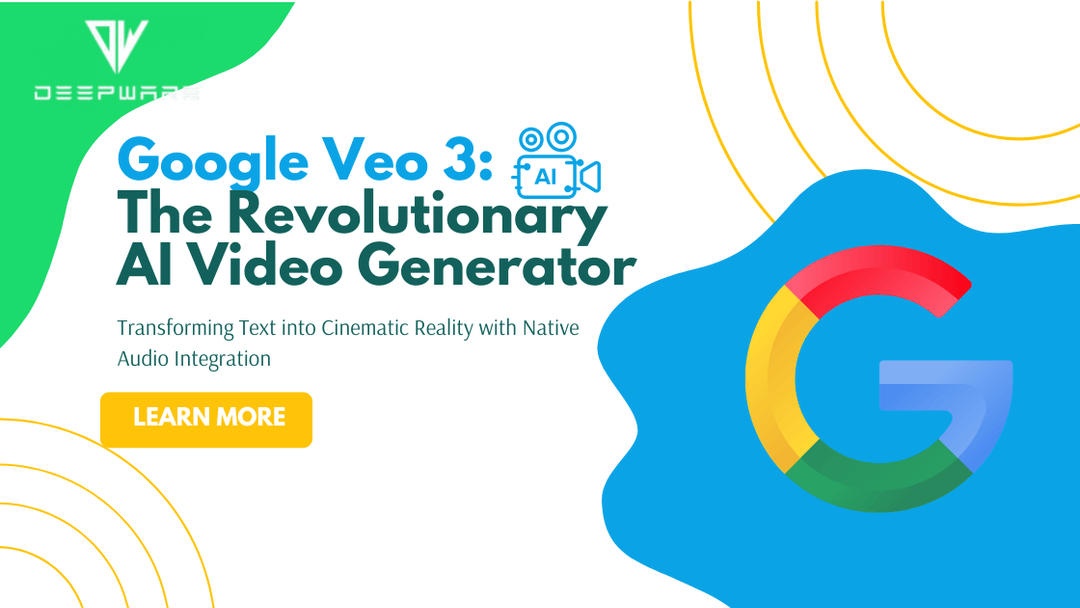Migrate your store to a powerful, mobile-optimized platform with zero downtime.
Get a fully custom online store built with a powerful API-first architecture today.
Architect an enterprise-grade Magento solution with multi-store and third-party integrations.
Streamline your business operations, from inventory to accounting, with a Xentral ERP integration.
Simplify and streamline corporate buying processes for your business customers today.
Deliver a lightning-fast customer experience across all touchpoints with a modern headless solution.
We secure your assets with enterprise-grade protection against threats.
.svg)
Achieve complete design freedom with a pixel-perfect Webflow website. Get advanced animations and easy CMS functionality without any coding limitations.
Turn your content management into a powerful business engine with an efficient WordPress solution.
Handle complex organizational structures and compliance with an enterprise-level TYPO3 system. Get advanced content workflows and multi-site management for seamless operations.
Modernize your digital presence with a professional website relaunch. Preserve all your data and SEO continuity while giving your site a fresh, competitive look.
Extend your business reach directly into your customers' pockets. Create native and cross-platform mobile apps with smooth user experiences and seamless backend integrations.
Guide customers smoothly from Browse to purchase with a user-friendly online store. Our conversion-focused layouts and shopping experiences are designed to increase your sales.
Unify your sales, inventory, and operations into one integrated system. Deploy a customized Odoo business management suite with automated workflows and module customizations.
We secure your assets with enterprise-grade protection against threats.
.svg)
Transform your AI ambitions into reality with enterprise-grade infrastructure that grows with your business - no complex setup, no downtime, no limits on your innovation.
Your business never stops, so why should your workforce? Deepware's AI agents handle your repetitive tasks, analyze complex data, and make smart decisions 24/7 - so your team can focus on what humans do best.
Enhance your website's visibility and attract more qualified traffic. Our service makes your content easy for search engines and AI to understand, helping you get noticed and rank higher.
Streamline your business operations by connecting all your apps and services. Our user-friendly automation tool creates seamless workflows, making your business more efficient and productive.
We secure your assets with enterprise-grade protection against threats.
.svg)
We build a strong voice for your brand with content that connects with your audience. From planning to creation, we help you tell your story and turn readers into customers.
Sell directly on social media platforms. We create smart campaigns that turn your social followers into paying customers and boost your sales.
Improve your website's ranking in search engines so more people can find you. Our strategies help you get noticed by the right audience and drive organic traffic to your site.
We help you leverage HubSpot platform to grow your business. Our expertise ensures your marketing, sales, and service efforts are all working together.
We secure your assets with enterprise-grade protection against threats.
.svg)


.svg)
.svg)


.svg)
.svg)


.svg)














.webp)

















.svg)




